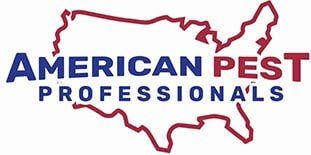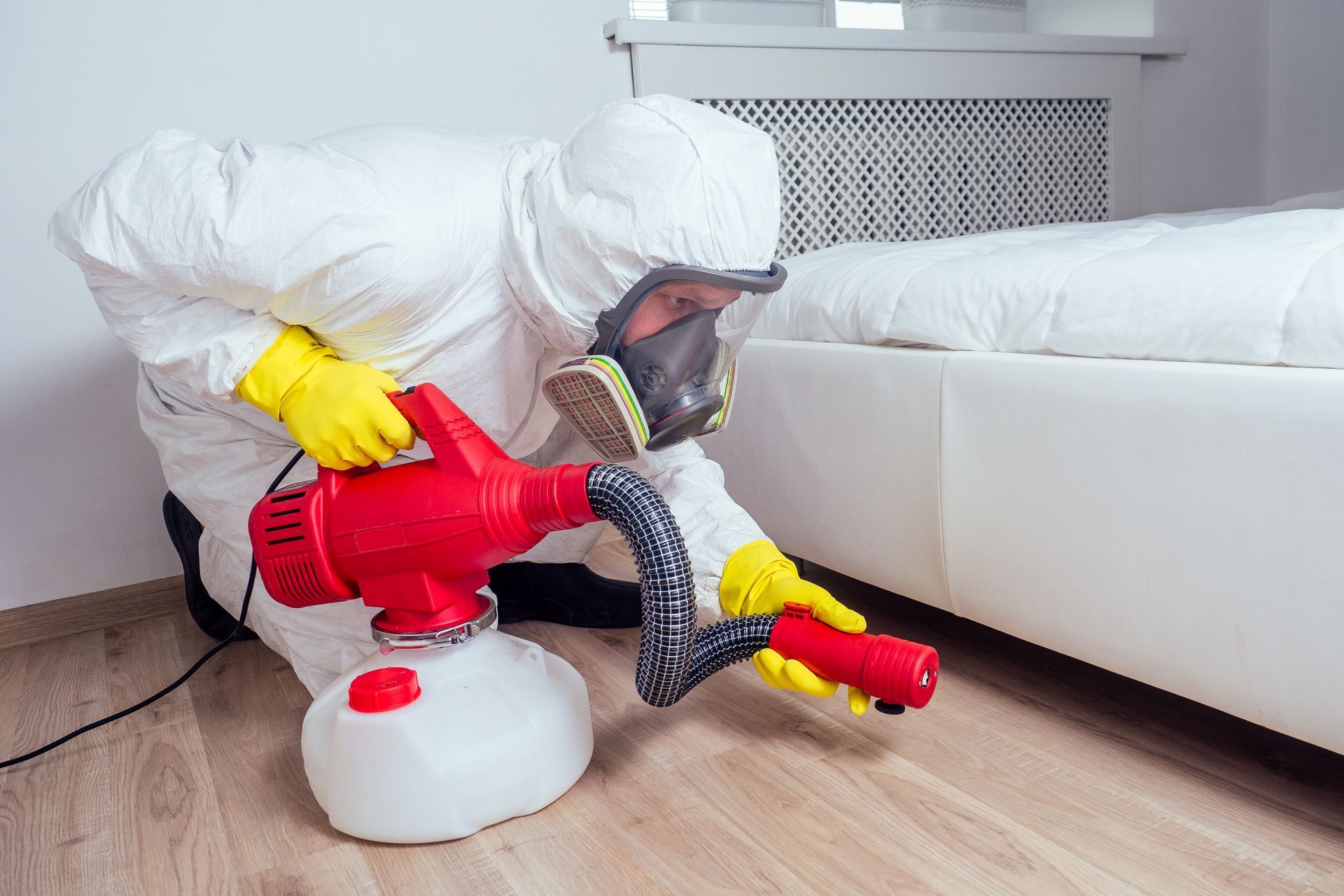A Food Processing Plant's Guide to Preventing Stored Product Pests
From production to storage, stored product pests are a food processing plant’s worst nightmare. These beetles, moths, and mites feed on natural products that are common dietary staples. In fact, food processing plants that process seeds, grains, nuts, or other dried, starchy products are at the highest risk of developing a stored product insect problem.
Preventing infestations at the food processing plant level is critical, as the presence of stored product pests at the restaurant level could lead to foodborne illness and other problems.
How Stored Product Pests Harm Food
They likely won’t eat enough to really affect food quantities, but stored product pests can damage stored food by:
- Consuming the food product
- Causing physical damage to the product, which can degrade its quality (like chewing holes in seeds or nuts, for example)
- Contaminating products with body parts, feces, shed skins, and webbing
- Contaminating products with microorganisms like fungi, molds, bacteria, viruses, and parasites
- Increasing the heat and moisture content of the food product, which, in turn, increases the growth rate of the pests and microorganisms
- Changing the physical properties of ingredients, which can disrupt food processing machinery and spoil batches of product
- Changing the smell and taste of the final product
Research has shown that of all the pests that affect food processing plants, stored product insects cause the greatest financial losses. Out of 1,000 companies surveyed in five countries, 60 percent said they lost 1-9 percent of annual revenue to stored product pests.
What’s more, stored product pests can cost the average business around $35,941 a year — over double the cost of a typical pest infestation.
How to Prevent Stored Product Pests
The best programs for stored product pest control focus on prevention. Issues need to be identified early and acted upon immediately in order to prevent loss of product, as well as future issues.
- Inspect all materials entering the facility, including raw materials and packaging that could contain insects
- Design the site’s exterior and interior with pest minimization in mind
- Keep doors and windows shut and fitted with fine, mesh screens
- Practice integrated pest management
- to prevent, detect and eliminate pests effectively
With prevention in mind, you’ll keep stored product pests out of your food supplies and be able to act quickly if an issue does occur. With decades of pest control experience under our belts, we’re ready to help with your
food processing plant pest control services.










